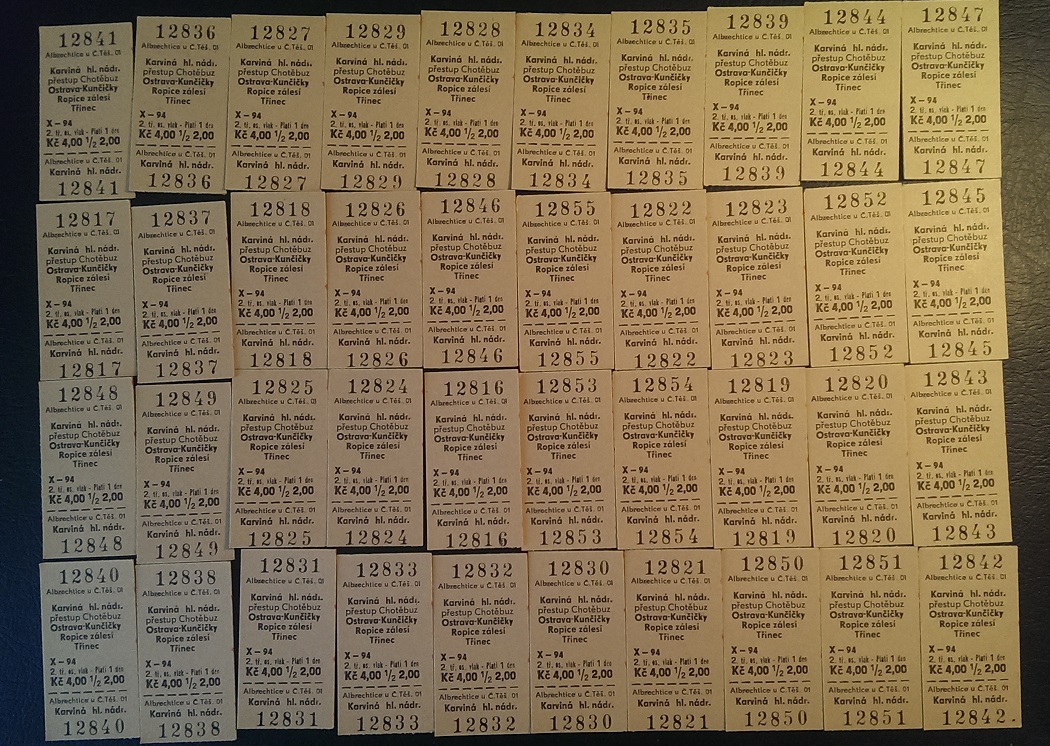
Take in Experiences along the Borders of the Czech Republic by Train
METALCOM is a supplier of railway superstructures for complete repairs of railways, and so when we invite you on a trip by train you may be travelling right over sleepers, rails, bearing plates, undulated dowels, rail pads and spring clips and more which were provided by us. And where better to first invite you than to our home on the borders of the Czech Republic? We have chosen three interesting routes for you, which are definitely worth a ride even if you are not a railway enthusiast:
Visiting winemakers is not only for cyclists - route Břeclav (CZ)/Znojmo(CZ)
The track between Břeclav and Znojmo is not only a paradise for cyclists and wine lovers. Historians will also get their money’s worth, as indeed will families with children. Interesting experiences are promised by beautiful landscapes, Czech-Austrian family attractions at Valtice, good food and excellent wine, and a strategic location for a railway surrounded by rich history (before the fall of the Iron Curtain a sizeable stretch of the track marked a closely watched border zone and so, for example, in the vicinity of Sedlec you can learn about the history of escapes across the border on the Freedom Trail).
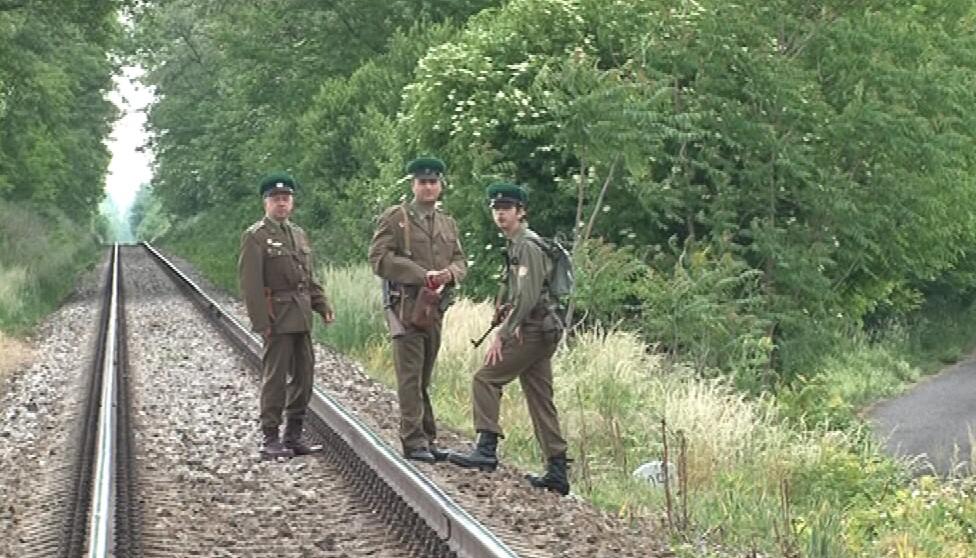
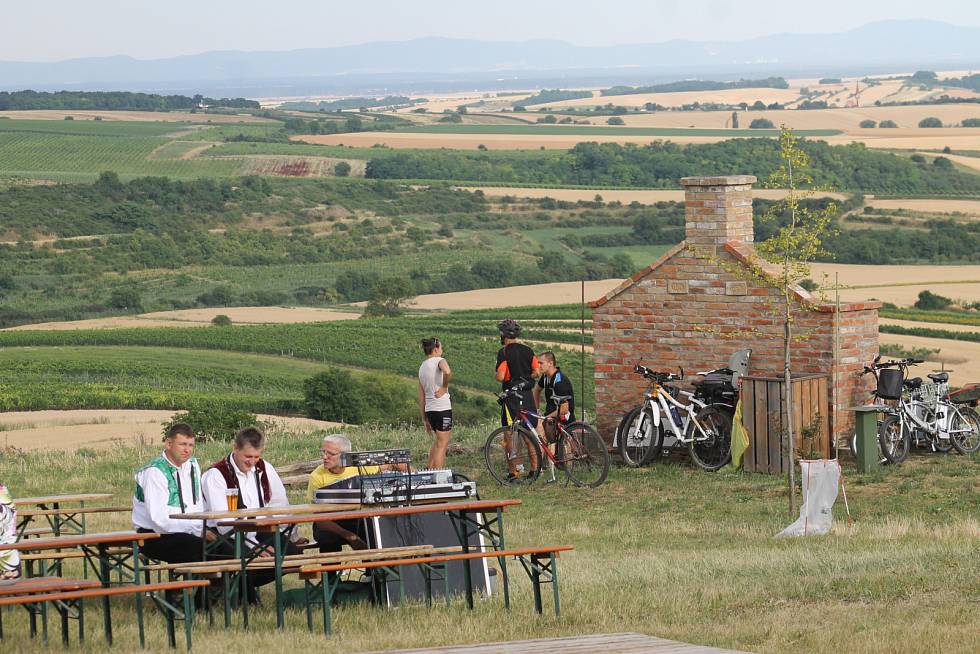
The local wine trails are a major attraction for more than just cyclists. You can join them from most stations and halts along the route. And you will not regret it – Novosedly, Sedlec, Březí, Mikulov, Znojmo, etc. All of these are winemaking areas full of legends and excellent winemakers.
Links:
- Freedom Trail
- Bare-foot Trail between Valtice and the Austrian town of Schrattenberg
- ČD (Czech Railways)
Seven Times Over the Border – route Cheb (CZ)/Bad Brambach (DE)
The railway line between Cheb and the Saxon spa town of Bad Brambach (a delightful swimming pool world) is not only interesting for the fact that the train travelling along it, a diesel railcar run by a private German transport company known in the Czech Republic as the RegioSpider, crosses the state border a number of times.
It also has a rich history and beautiful surroundings. It is as if this train knows no borders, zigzagging into Germany and back in such a way that, while watching the greenery-filled landscape (a game preserve with fallow deer and mouflon), spa attractions (Aquaforum) and landmarks (Schönberg Chateau), you won’t even notice. In total the train crosses the state border seven times along the route, which can be found in timetables under number 147. Although the line provides international rail links, traffic running along it has a regional character.
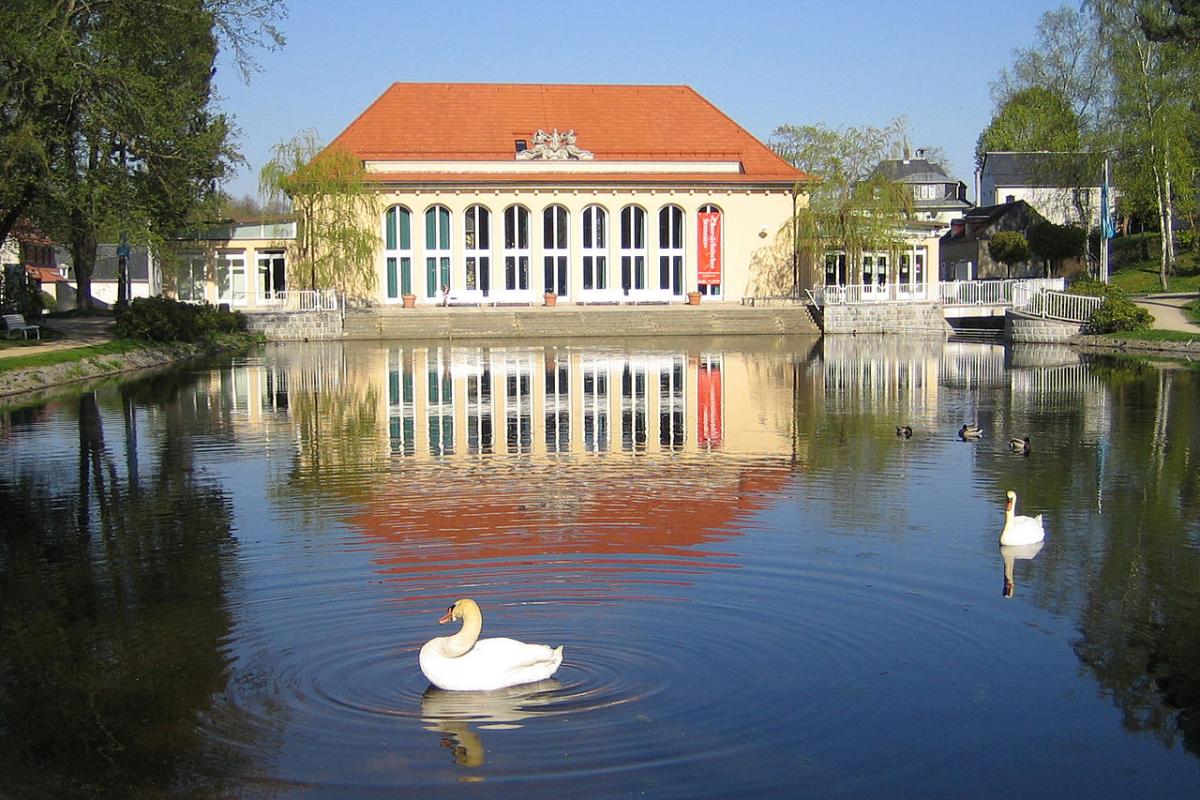

In the days of the GDR and Czechoslovakia, express trains Karlex and Karola travelled along the track bound for Berlin and Leipzig. During the seventies, the legendary diesel engine series SVT 175 Görlitz, nicknamed the Dolphin due to its elegant shape, ran on the line.
Links:
Moldava Mountain Railway – route Most (CZ)/Moldava (CZ)
The track connecting Most and Moldava in the Ore Mountains once led as far as the Saxon town of Freiberg and is one of our most beautiful local railways. Due to its profile and structural design, the route is frequently referred to as the Moldava Mountain Railway. Trains travelling along it overcome challenging mountain terrain with the help of three viaducts and two tunnels. The construction of a railway line of such parameters was both technically and financially demanding.
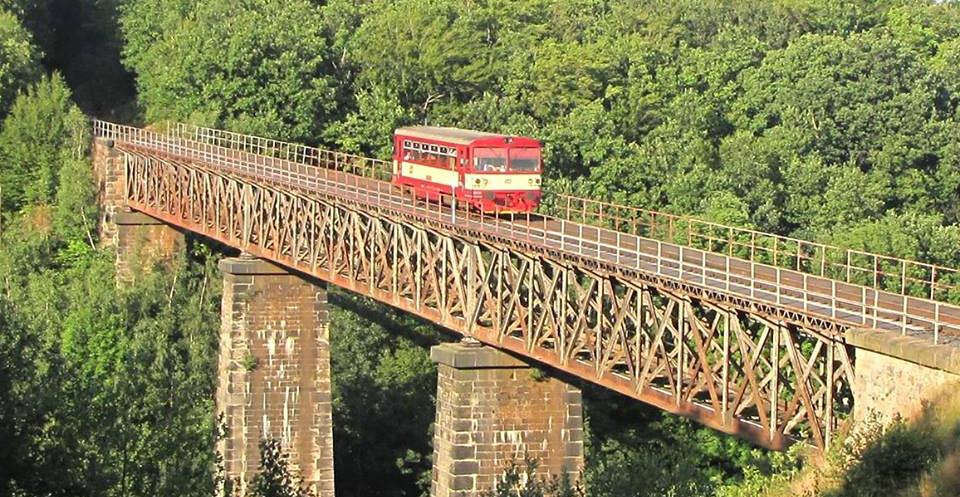
There is no shortage of interesting places along the romantic forty-kilometre track: Louka u Litvínova (the site of a 1918 battle), Osek (home to the Cistercian Monastery in Osek), Dubí (“the Venice of North Bohemia” with its Church of the Virgin Mary), Hrob (with two viaducts and a protestant church), etc
Links:
We wish you a happy journey. METALCOM
--------------------------------------------------------------------------------------------------------------------------------------------------------------------------------------------------------------------------
The Mystery of the Cardboard Train Ticket.
The origin of cardboard train ticket was a merit of Thomas Edmondson (June 30th, 1792, Lancaster – May 22nd, 1851, Manchester) from the United Kingdom of Great Britain and Ireland. Thomas Edmondson’s tickets showed information on the route, price, and the ordinal number of the ticket. He introduced the system for the first time in 1840 on then new railway line Manchester–Leeds of the Manchester and Leeds Railway.
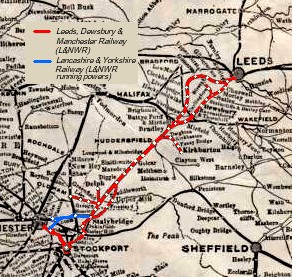
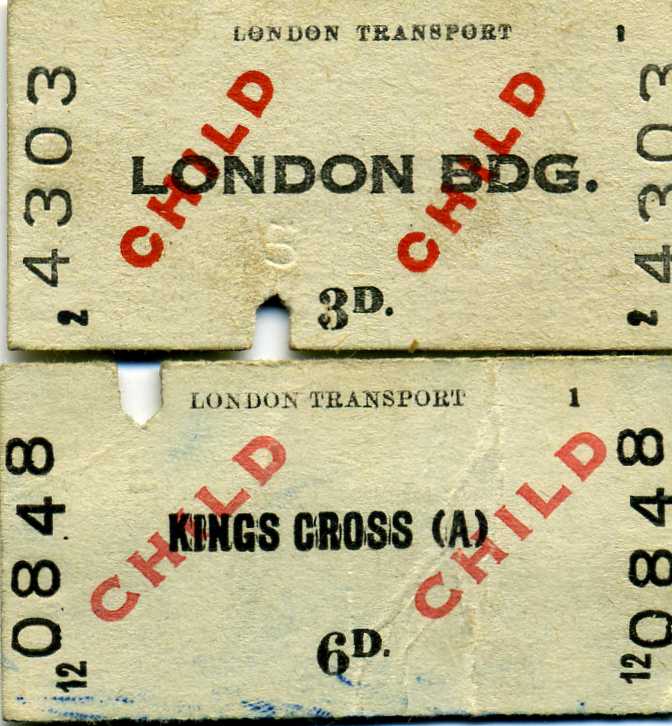
Image sources: Ticket series
With time, cardboard tickets became popular in many countries all over the world. While the neighbouring German railways introduced cardboard tickets in 1848, in the Austro-Hungarian Empire, cardboard train tickets were first issued after 1860 and they only spread slowly. The cardboard tickets for the Lands of the Bohemian Crown were printed in Vienna approximately to 1890. Then, the first Czech railway ticket printing house started operating - StEG company in the Žižkov district of Prague.
The tickets were stored in a ternion (literally a “triplet”), which was a magazine in the form of lockable cupboard which could open up and featured compartments for columns of tickets. The columns of tickets were placed there with the bottommost one sticking out a little, so that it could be easily grasped and so that its number was visible. At the same time, the number of the topmost ticket was visible which allowed easy control. On the edges of the tickets, there were diagonal red stripes allowing the booking clerk to check visually that the tickets in the column formed a continuous numerical series. When being issued, the ticked was marked in a punch which imprinted the current date into the back of the ticket.
The dimensions of the ticket are based on British measures: 2 1/4" x 1 3/16" x 1/32". When converted (with a little tolerance) to the metric system, the dimensions were 57 x 30.5 x 0.8 mm. The paper weight was most frequently 600 g/m2.
Cardboard tickets became an inseparable part of railways in the territory of the today’s Czech Republic. The twilight of these tickets came in connection with the spread of the information technology. The final end of cardboard tickets came 2001 for the Czech Railways. Tickets with the last day of validity GVD 2000/2001 (Saturday, June 9th, 2001) were sold by the Czech Railways on that day. This day thus meant the end of the era of cardboard tickets which had lasted for over 140 years at the Czech Railways, the successor of the Czechoslovak State Railways.
What Information Could We Find on a Cardboard Ticket?
The tickets were numbered using five-digit numbers by the Czechoslovak State Railways and later by the Czech Railways, printed mostly at the top and bottom of the ticket, and every variant of the tickets (so-called relation) was numbered separately. Originally, four-digit numbers were used, in the Czech territory the combination was replaced by a five-digit combination on tickets from centralized ticket printing facilities about 1914, four-digit numbers remained in use e.g. in Romania till the beginning of the 21st century.
The Czech Railway and Czechoslovak State Railway tickets provided also the following information:
- The name of the issuing station, for most stations also a letter marking the counter within the station
- Border stations of the validity range, i. e. the farthest station that may be reached with the ticket in various directions. The CSR and CR usually issued common tickets of a certain distance range for several or all travelling directions. For shorter distances, the ranges were given in 10 km steps for the greatest distances in 50 km steps. Tickets to big cities (such as Prague) were colour coded according to which of them were valid for the city outskirts and city centre.
- Class (this was determined also by colours of the tickets)
- Train type (after the cancellation of fast train and express train surcharges, this information was missing in some tickets). Express train tickets had also a perpendicular red stripe. Colour coding could be found also on separate cards of express train surcharges (diagonal brown-white stripes), fast train surcharges (horizontal blue-white stripes) and platform tickets (pink). Weekly commuting tickets were blue with a pre-printed grid for marking the individual trips.
- Validity period (the day of the ticket issue did not use to be included in the validity period, however, the trip had to be started on the day marked on the ticket)
- Ticket price.
On some tickets, the lower third was detachable, with a brief version of the basic information. When half-fare (children’s) tickets were not available, for the given range, the clerk would use full-fare tickets with the lower third cut off. In Great Britain, and in the beginning also on the Czech Railways, a diagonal cut was used, later a horizontal cut.
On the territory of the Czech Republic, however, the use of cardboard tickets has not ended entirely.
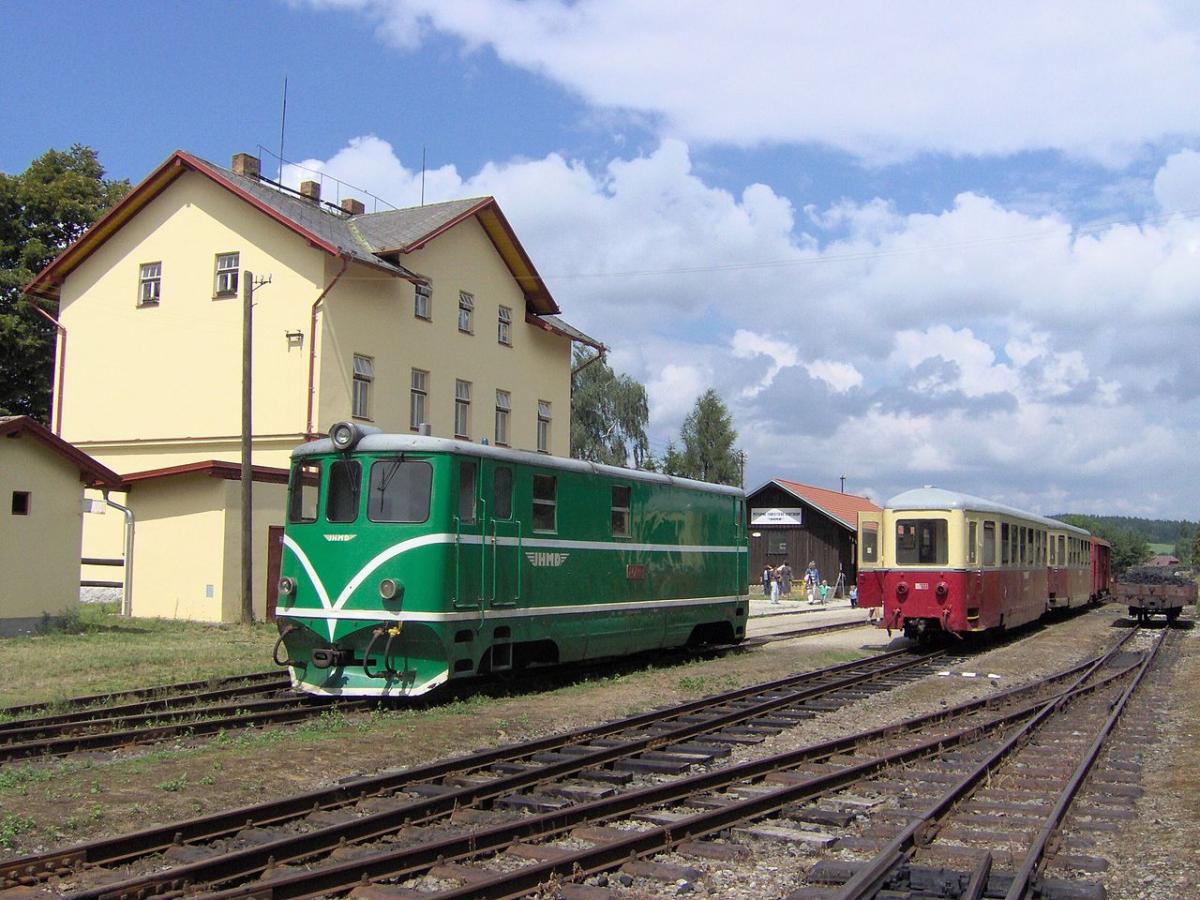
The railway association of Jindřichohradecké místní dráhy (JHMD – Local Railways of Jindřichův Hradec City) obtained the then redundant printing equipment from the Prague ticket printing facility in 1999, and started printing cardboard tickets in Kamenice nad Lipou in 2000. Thus, JHMD passengers have the chance to encounter cardboard tickets JHMD. The validity of cardboard tickets is limited to JHMD lines, i.e. Obrataň - Jindřichův Hradec - Nová Bystřice, however, from Jan. 1st, 2004 a limited number of “relations” (series) are also valid on the CR lines (target stations “Praha main station”, “Brno main station”).
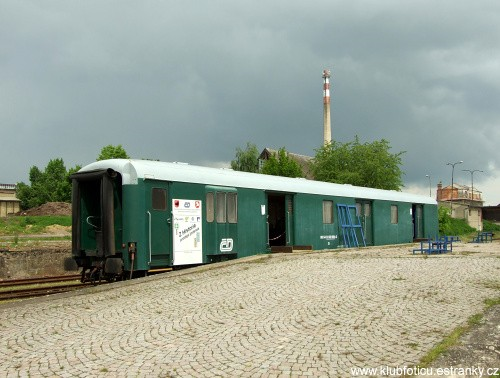
One can also encounter these tickets and their history in the Train Ticket Sale Museum. The museum does not have its permanent building or location as it is situated in a railway car, a former Class D service car. It is a travelling exhibition, presenting the production and sale of train tickets within its limits given by the space of the car. This exposition was made in the Machinery Repair Works (Dílny pro opravy mechanizmů, DOM) in Pardubice, that are now a part of Railway Vehicle Depot (Depo kolejových vozidel, DKV) in Česká Třebová.
Sources:


